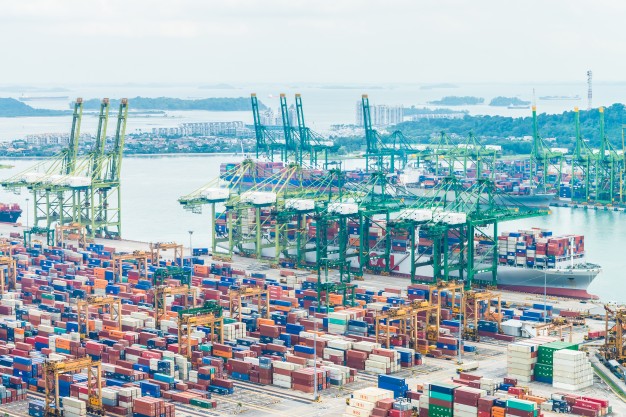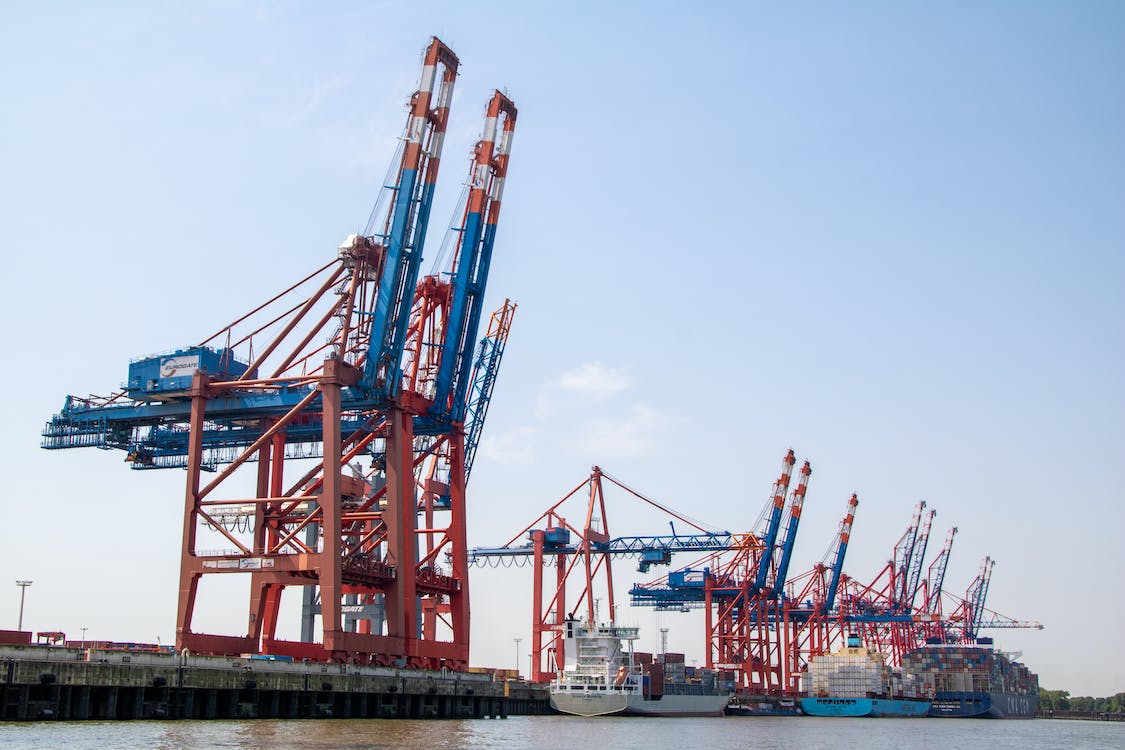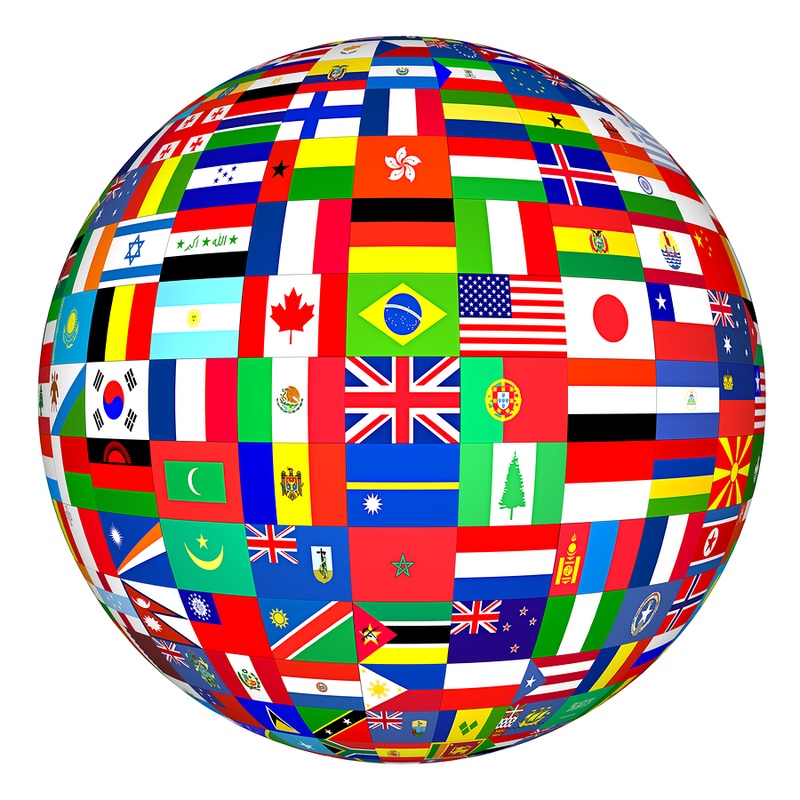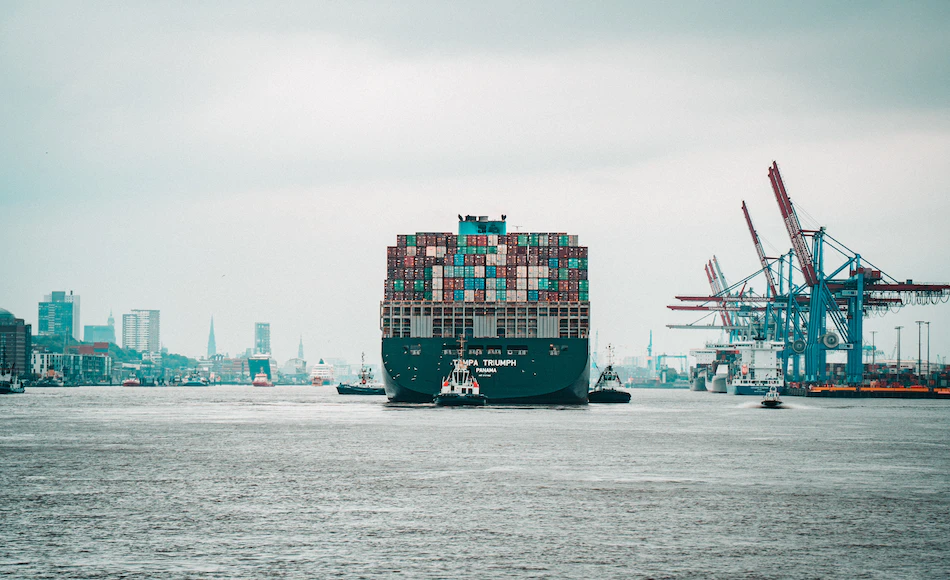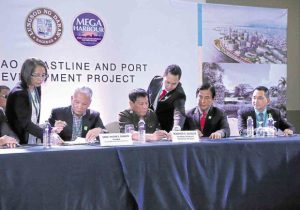Freight Forwarding Company in the Philippines – Why Do You Need One? (Infographic)
Freight forwarders or forwarding agent have vital roles in the shipping world. In the shipping industry, freight forwarders serve as the support and assistance for the import and export process. This is very, very important in the shipping world as it is one of the most delicate parts of the global supply chain.
In the Philippines, 21.1% of the transporting storage and establishments are freight forwarding companies. They compose the biggest chunk of transporting service in the country – just to ensure that all your goods are delivered to warehouses the fastest and safest possible way.
Businesses become bigger through time, and as they expand, there is much competition in the industry. Products and services ultimately differ in terms of technology and advanced features, including transport service. However, keeping up with the number of shipments going in and out of an import/export company can be challenging; This is where freight forwarding company in the Philippines thrives. They manage the huge efforts in shipping, so you can stay focused on product operations.
If you are still not convinced, here is a list on why you need the help of a freight forwarding company in the Philippines.

Freight Forwarding Company in the Philippines Makes it Easier to Manage Shipping
Handling the entire logistics in-house or using another logistics provider can be very costly and messy. Choosing a freight forwarding company makes a lot of difference as they have the capability and resources to organize all the demands of your shipping.
They are the experts in the import and export industry. Your cargos will be transported to their destinations with the knowledge that they employ the most skilled workers to do the job and they have the machinery to handle even the unexpected. In fact, these employees comprise 10% (~18,000 workers) of the total workers in the transporting industry. They have the processes to make everything systematic, and some even have distinct features to ensure their customers do not worry. All of these will help save you a lot of time and effort.
Freight Forwarding Company in the Philippines: Features and Services
Freight forwarders employ various features to keep you calm, without anything to worry – as their cargos get transported to your customers. Some of their features are:
- Warehousing Shipping and Export Documents
- Efficient Cargo Space
- Freight Management
Freight Forwarding Company in the Philippines is Cost-efficient!
Freight forwarders provide specific services at a price that is not heavy on your pockets! They have some bundle deals that are better than 3PL companies which have wider scopes of services such as arranging transportation options. They have a huge network which can help you negotiate with carriers for a less steep price, due to the volume of containers they with each carrier every day.
They can also look for good freight quotes and have the inside information on which carrier has the best routes, enabling your shipments to land in their final destinations the quickest way possible, at a much-ideal cost.
Freight Forwarding Company in the Philippines Makes Everything Controllable and Simple
Dealing with a lot of volatility in the shipping industry can give you a headache that it can cost you a lot of money for every single mistake, especially when your business is growing bigger and bigger by the day. You only communicate with the company, and they handle all the time, money, effort and frustration; they offer you flexible options and gives you full control.
They also give that assurance that would increase your marketability and your service credibility. They are experts in limiting risks, so they can recover quickly whenever there is a loss of shipments or any other unforeseen circumstance. They can offer transparency necessary for your shipment delivery.
Here at Excelsior Worldwide Freight Logistics, we treat our clients as partners. We also conduct free orientation for those who are willing to learn about importation and exportation. It is our advocacy to share our knowledge and experience for 17 years in the business.
Contact us today (063) 525-9775 or visit our website www.excelsior.ph
Sources:
- https://psa.gov.ph/content/2015-annual-survey-philippine-business-and-industry-aspbi-transportation-and-storage-0
- /2016/10/29/advantage-of-having-the-services-of-a-freight-forwarding-company/
- http://www.businesscoachphil.com/understand-freight-forwarding-to-improve-your-profits
- https://www.dti.gov.ph/consumers/accredited-seafreight-forwarders

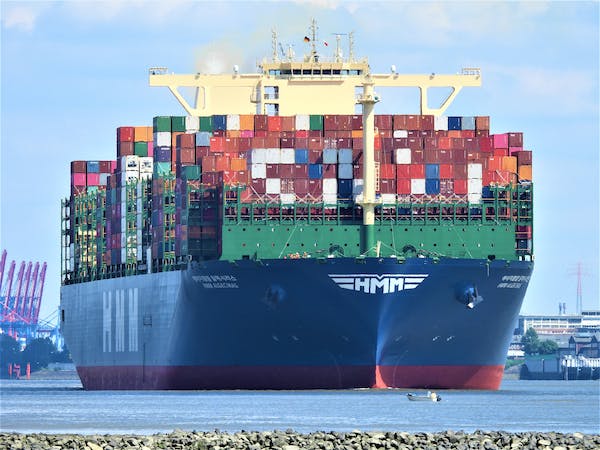


 1. Flexibility
1. Flexibility